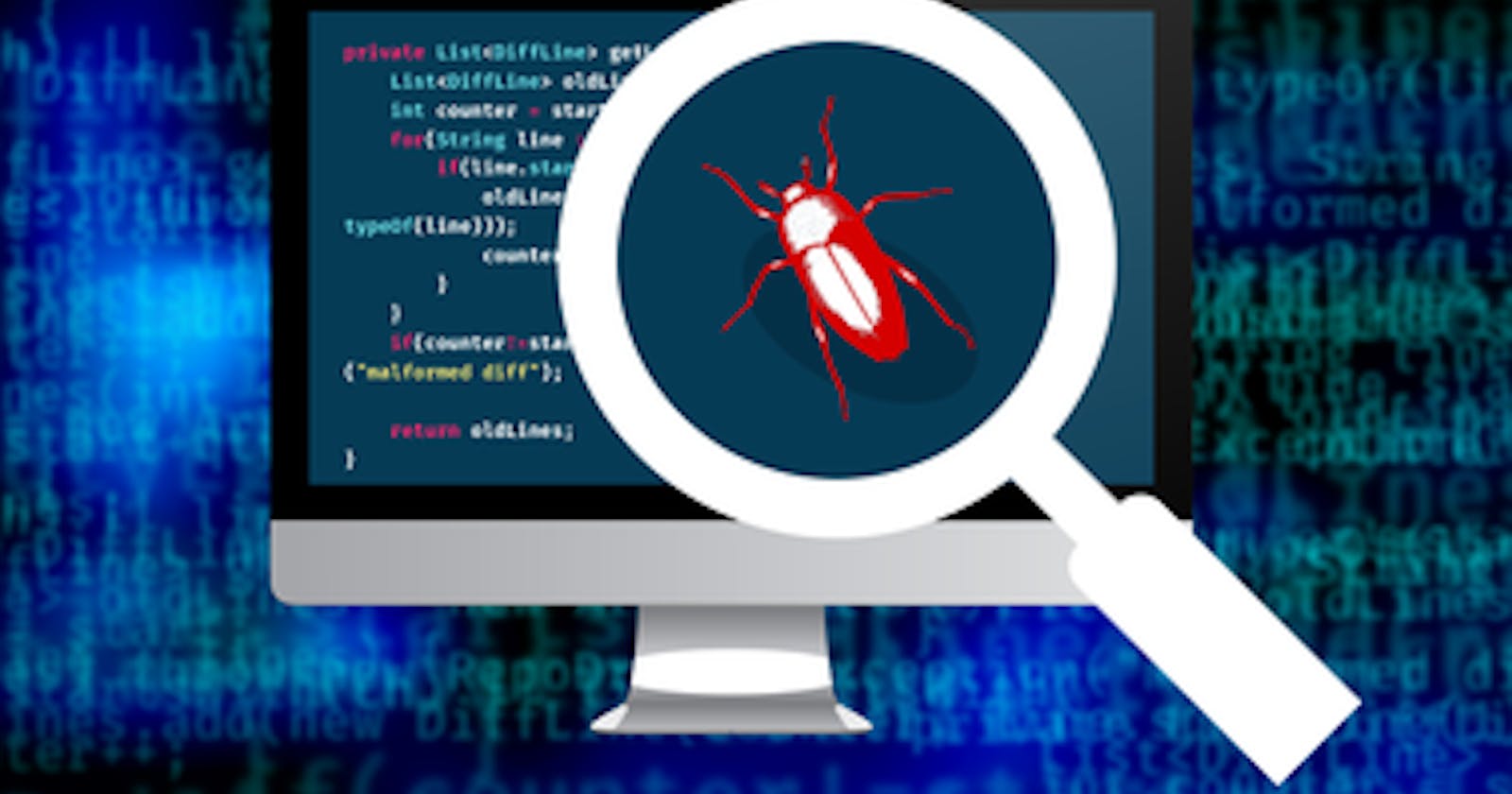What is software testing?
Learn the different types of software testings and why you should start writing more tests for your applications.
Software testing is a process, to evaluate the functionality of a software application with an intent to verify or check the software if the software application does what it's supposed to do.
Testing is important because software bugs could be expensive or even dangerous. Software bugs can potentially cause monetary and human loss.
Types of tests
There are a lot of different types of tests, but before we get right into it, we have to go through the concept of manual and automated testing.
Manual testing
As the name implies, manual testing is a process carried out manually to find defects without the usage of tools or scripts. Manual testing is done in person, by interacting with the software. Manual testing can be very expensive as it requires someone to set up an environment and execute the tests themselves.
Automated testing
Test automation is the practice of running tests automatically, managing test data, and utilizing results to improve software quality. Automated testing is the best way to increase the effectiveness and execution speed in software testing, it's much more robust and reliable than manual tests.
Now with all that out of the way, we can now discuss some of the various types of tests.
1. Unit test
Unit tests are typically automated tests written and run by software developers to ensure that a section of an app behaves as intended. This section known as "unit" in most programming languages can be a function, method, or property. Unit tests are quite cheap and can be run very quickly by a continuous integration server.
2. Integration test
An integration test is a phase in software testing in which individual units/components are combines and tested as a group. Integration tests determine the effectiveness and performance of different software units when they are connected. These types of tests are more expensive to run as they require multiple parts of the application to be up and running.
3. Functional test
A functional test is a type of software test that validates the software system against the functional requirements/specifications. Functions are tested by feeding them input and examining the output against the functional requirements.
4. End-to-end test
End-to-end testing, as the name implies, tests the whole software from beginning to end to ensure the application flow behaves as expected. it can be as simple as loading a web page.
End-to-end tests are very useful, but they can be expensive and difficult to maintain when they're automated. It is also recommended to rely more on lower-level testing types (e.g unit testing) and have a few end-to-end tests.
5. Performance test
Performance test, a non-functional testing technique performed to determine the system parameters in terms of response time and stability under various workloads. performance tests are by nature quite expensive to implement and run, but they can help you understand if new changes are going to degrade the performance of your application.
6. Smoke test
Smoke test, also known as "Build Verification Testing", is a software testing process performed post software build that determines whether the deployed application build is stable or not.
Automating Tests
Any of the tests mentioned above can be executed by an individual manually but it will be very expensive and counter-productive to do so.
To automate tests, you will first need to write them programmatically using a testing framework that suits your application, for example, the Mocha framework can be used to test Javascript applications. There are many options out there for each language so you might have to do some research to find out what would be the best testing framework for your application.
Benefits of testing
There are a lot of benefits that come with testing applications but we'll be going through a few of them in this article. Let's get right into it;
Good user experience
Good user experience is what you get when your software is well tested, if the software is glitchy or slow, it impedes the experience of the user with the product. All this can be avoided when the software is well tested.
Security
When a specific product undergoes testing, the user can be confident that they are going to receive a trustworthy product that is free from vulnerability.
Saves money
Software testing helps save money in the sense that a bug can be diagnosed and fixed beforehand. When problems are identified and resolved at an early stage, it translates into huge savings.
Conclusion
Totally preventing bugs is not possible. But it is possible to manage bugs with the help of software testing. By testing at multiple stages in your pipeline, you can catch bugs early and fix them more easily than if they were found in the later stages of development. A good testing suite should try to break your app and help understand its limit.
And finally, tests are code too, so don't forget to write them when building your applications. Try to make it a habit of writing tests, your code can only be considered "clean" if you write tests.

